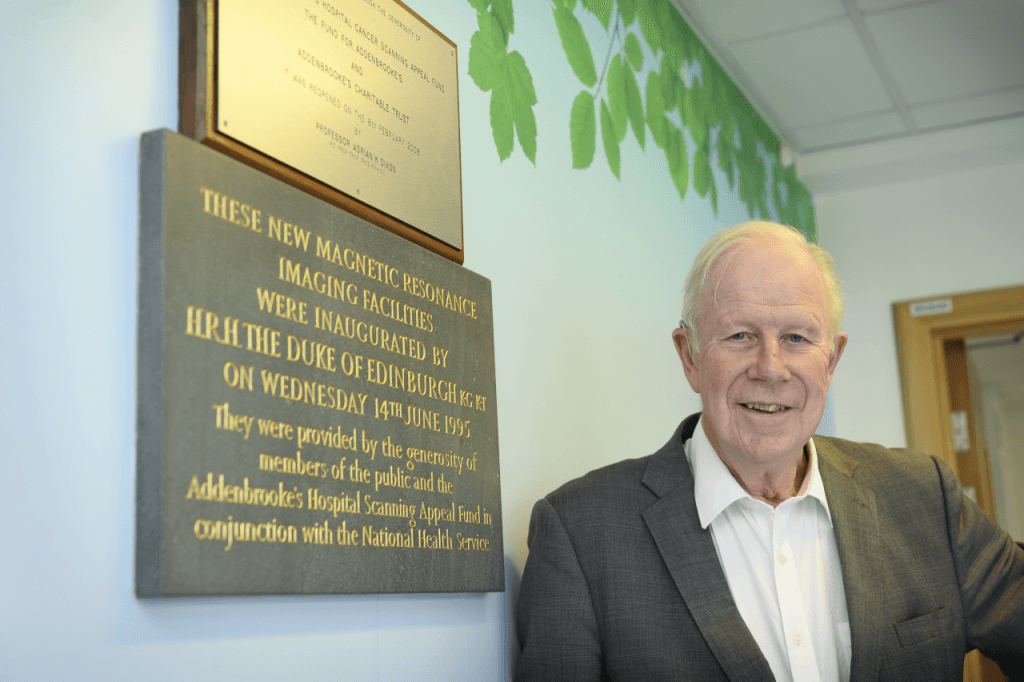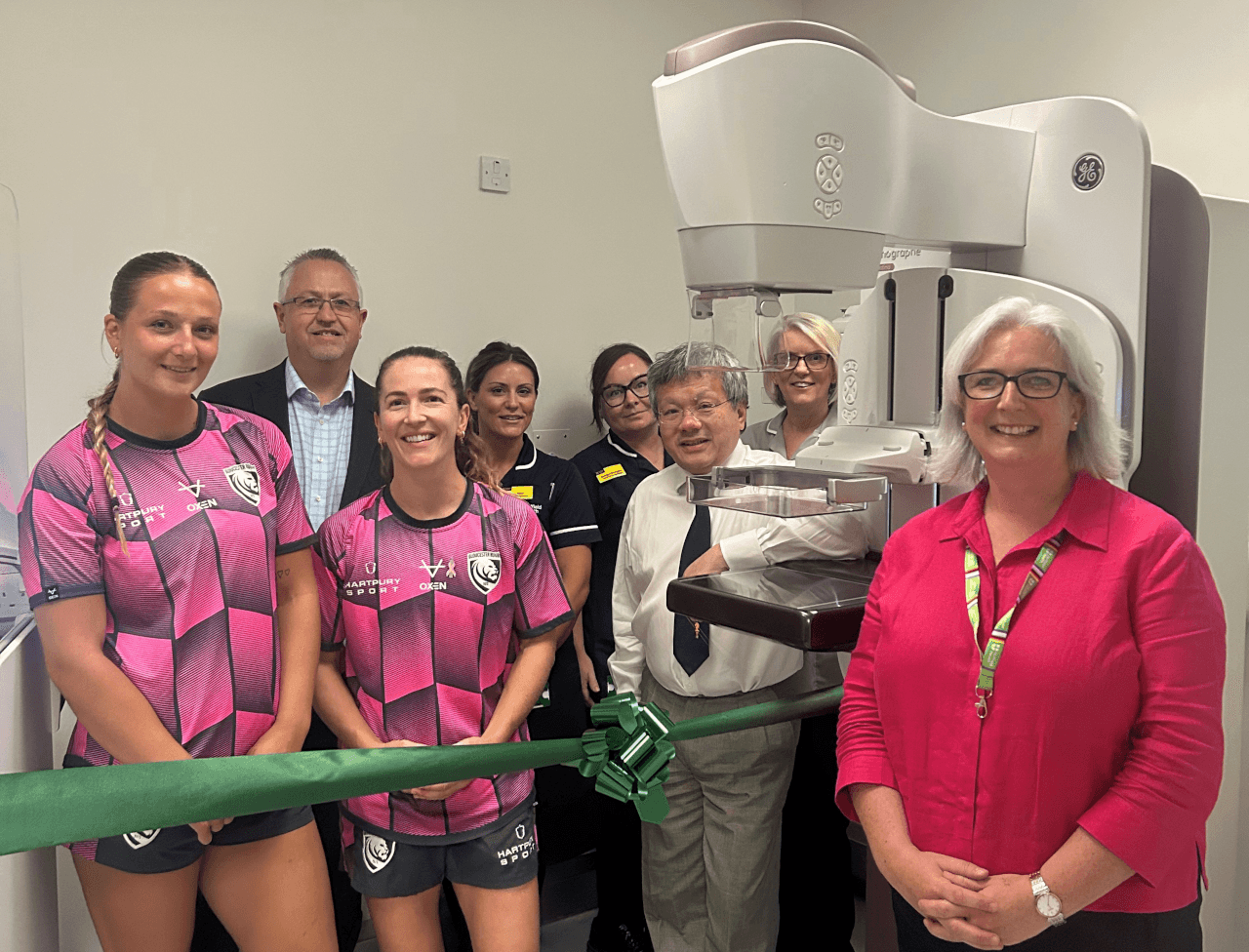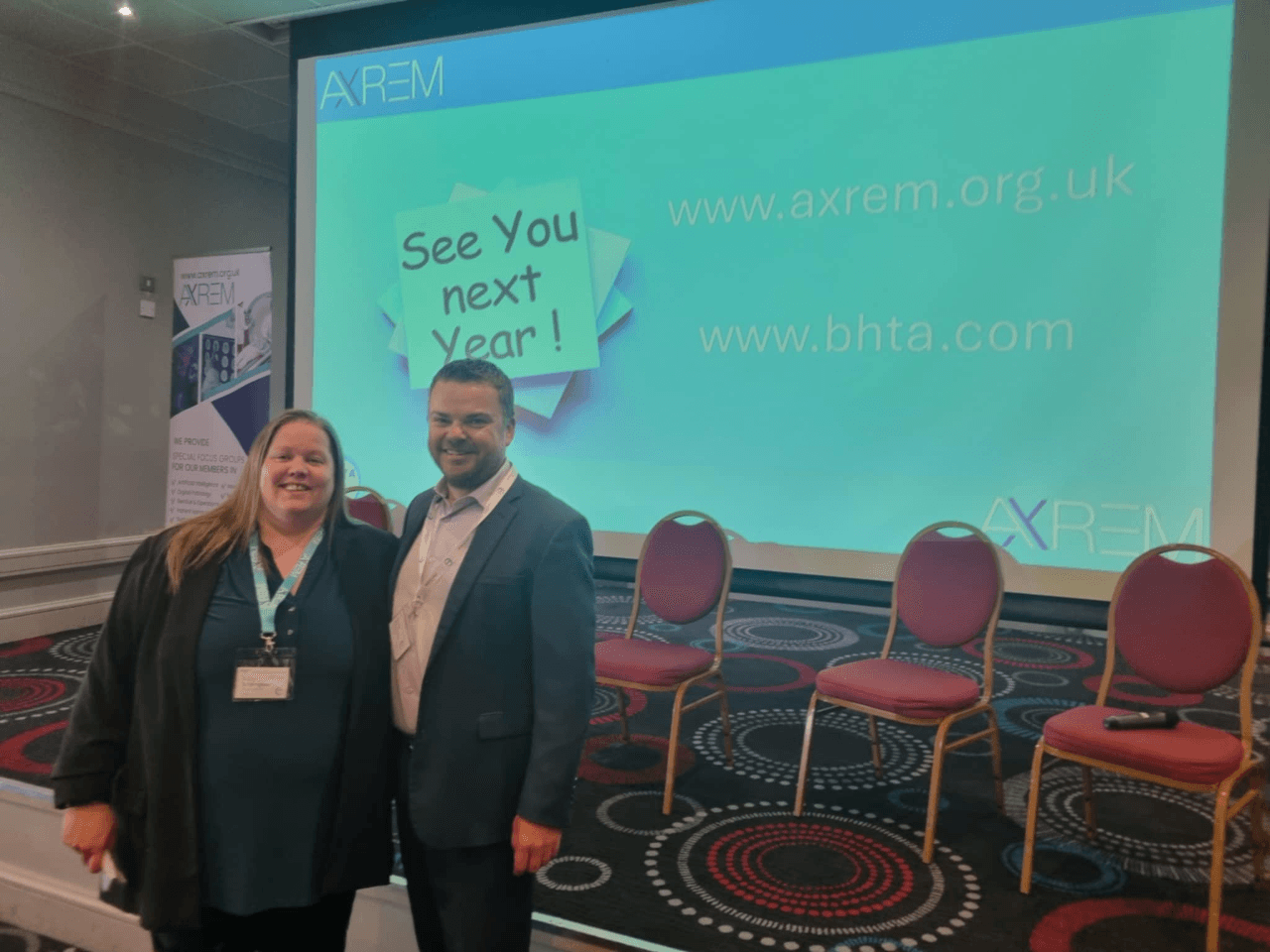Founding fund-raiser reflects on the vital contribution of charity support to Addenbrooke’s Hospital’s imaging service over 30 years
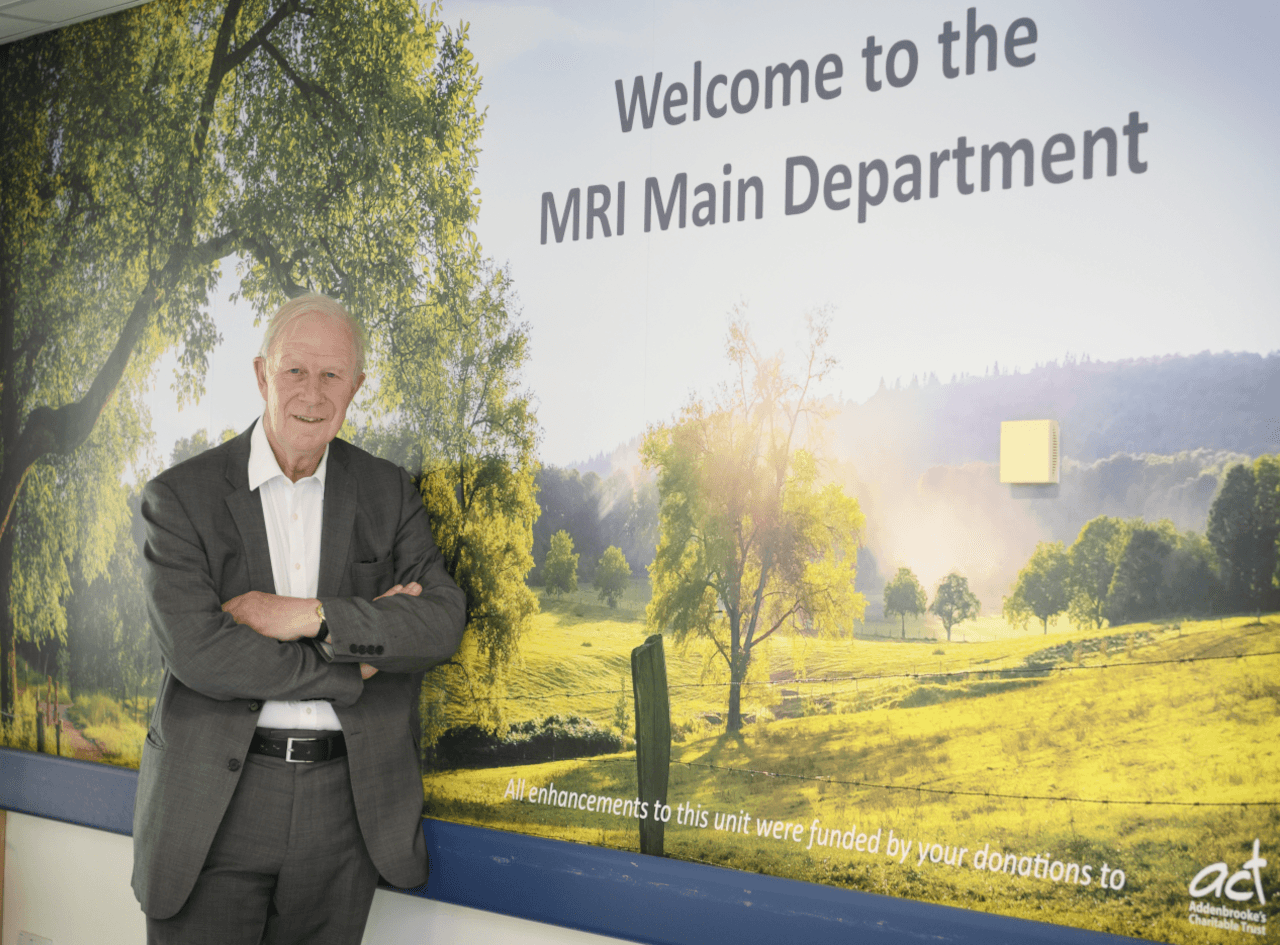
Retired professor of radiology Adrian Dixon takes a look back at being part of a body of fund-raisers in Cambridge that raised £1 million to buy and run Addenbrooke’s Hospital’s first whole body CT scanner, the first for the east of England region. It was opened by King Charles, then HRH Prince of Wales, in June 1981.
The Addenbrooke’s Hospital Cancer Scanning Appeal Fund went on to raise £1.25 million for the hospital’s first MRI scanner and the building to house it, which was opened by HRH Duchess of Kent in 1987. This body later formed The Fund for Addenbrooke’s charity and, together with assets from The Addenbrooke’s Charities, became Addenbrooke’s Charitable Trust (ACT), which is celebrating its 30th birthday this year.
Professor Dixon reflects on the importance of fund-raising for state-of-the-art equipment and pioneering research at Addenbrooke’s.
“Patients attending Addenbrooke’s are extremely lucky to have the support of ACT for so many ventures that would not otherwise be possible,” he says. “And having the best possible radiological equipment provides the best possible quality care.
“CT and MRI scanners have completely revolutionised care for cancer patients, who previously had very painful and dangerous invasive investigations such as lymphangiography or open surgery to establish the diagnosis. Now cancer can be detected by cross-sectional imaging, often coupled with percutaneous biopsy (for histopathology) under no more than local anaesthesia. Furthermore, the cancer can be staged and followed up after treatment with non-invasive imaging.
“We have become rather complacent about having some of this amazing equipment, but it is important to remember that it is essential for a major hospital to have it. It facilitates top quality research and attracts and retains top quality staff. Furthermore, patients now receive a precise diagnosis in an almost painless procedure that leads to optimal treatment and outcome.”
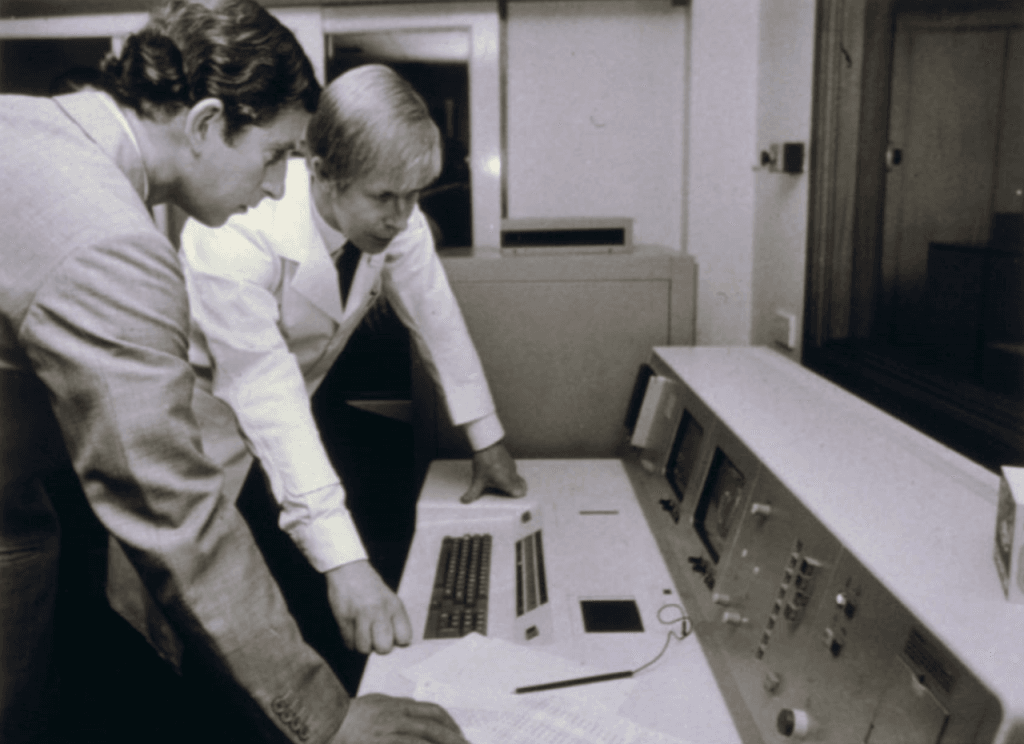
The MRIS department at Addenbrooke’s continues to uphold its reputation as one of the leading departments in the UK, with its GE HealthCare 3.0T MRI scanner used by the company as a showcase for other hospitals to visit. Last year the scanner was the first in the UK to be wrapped with nature-themed vinyl in order to reduce anxiety in patients.
Professor Dixon, who still lives in Cambridge, qualified as a doctor from the University of Cambridge and St Bartholomew’s Hospital where he was a research fellow in body CT in the 1970s. He helped to introduce body CT and MRI to Cambridge, moved to Addenbrooke’s in 1979 as a university lecturer and honorary consultant radiologist and was elected to the Professorship of Radiology in 1994. It was partly the pull of the fund-raising campaign that drew Professor Dixon to Cambridge.
The fund-raising campaign was the brainchild of city councillor John Phillips who was joined by wife Kathleen (BEM), then-mayor Don Mackay, editor of Cambridge News Tony Durham, police chief Bernard Hotson, lawyer Paddy Crossman, senior radiologist Dr Duncan Gregg, Alan Shepherd (secretary) and accountant Brian Rata OBE, among others.
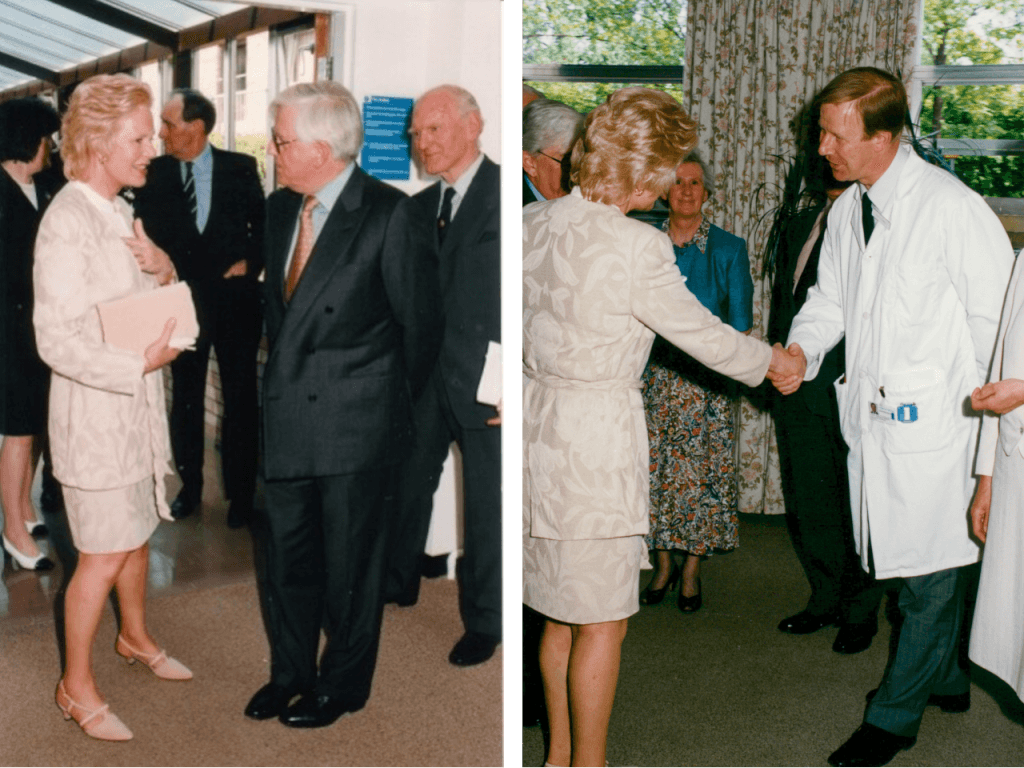
Fund-raisers would spend their nights giving talks across the county while holding down demanding day jobs and Professor Dixon recalls Hotson arranging for local police officers to collect donations on the committee’s behalf if nobody else was available.
Some famous faces have also helped boost fund-raising along the way. Jockeys Frankie Dettori and Ray Cochrane were brought to Addenbrooke’s following a plane crash at Newmarket, which took the life of the pilot. After they both underwent CT imaging, they pledged to help fund-raise for Addenbrooke’s and later held a day’s racing at Newmarket, raising £100,000 for ACT.
Professor Dixon’s early group of fund-raisers raised over £22 million, with ACT itself injecting more than £150 million into Addenbrooke’s over the past 30 years.
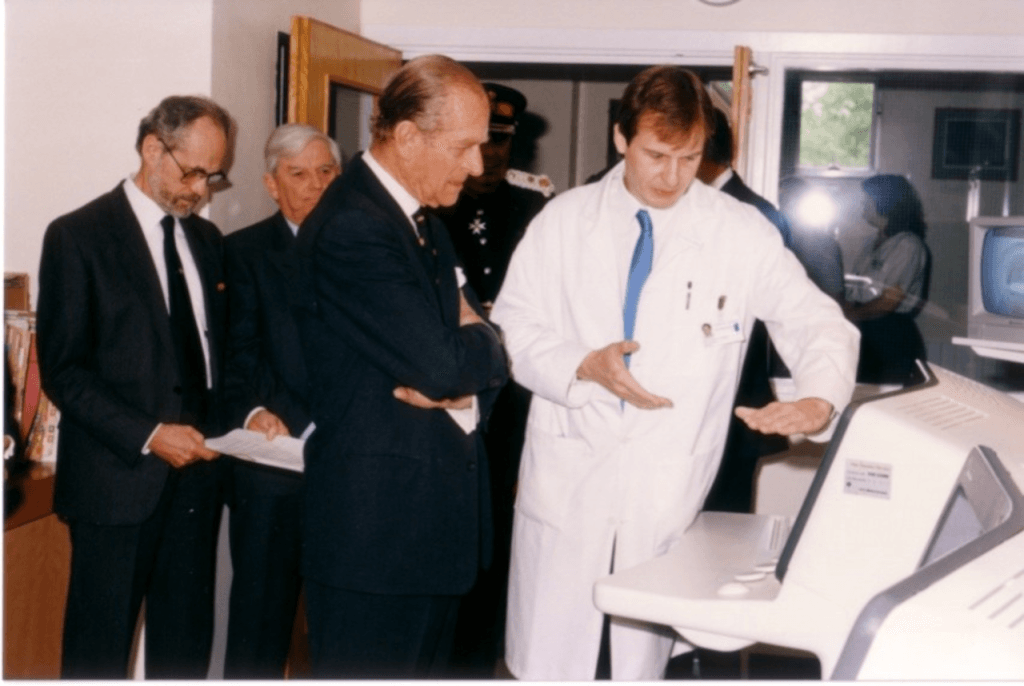
Professor Dixon said: “I am extremely proud of being part of the townspeople’s success story and, of course, it was marvellous for me (and my wife) as a young consultant to meet so many interesting people and make so many good friends. It is absolutely essential that fund-raising continues, particularly for innovative equipment and projects that the NHS cannot possibly afford and it is vital that ACT continues to grow in order to compete with charities that have been going for the last few centuries.”
Lead picture: Professor Adrian Dixon in the MRI department.
Read this report on page 5 of the August 2025 issue of RAD Magazine.
